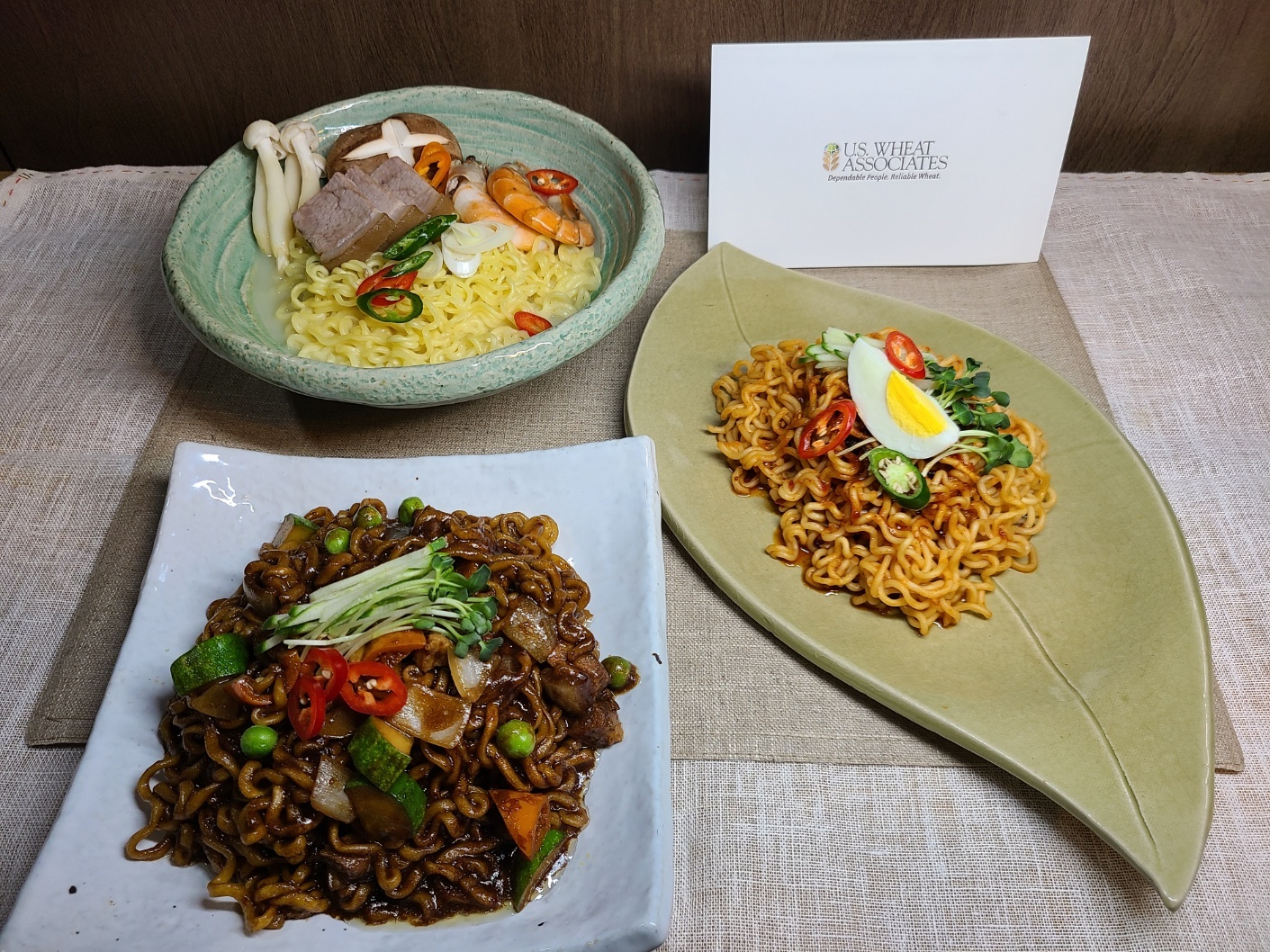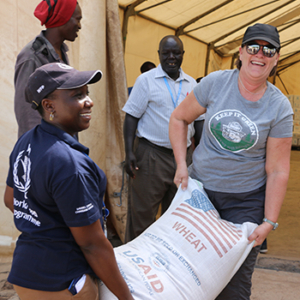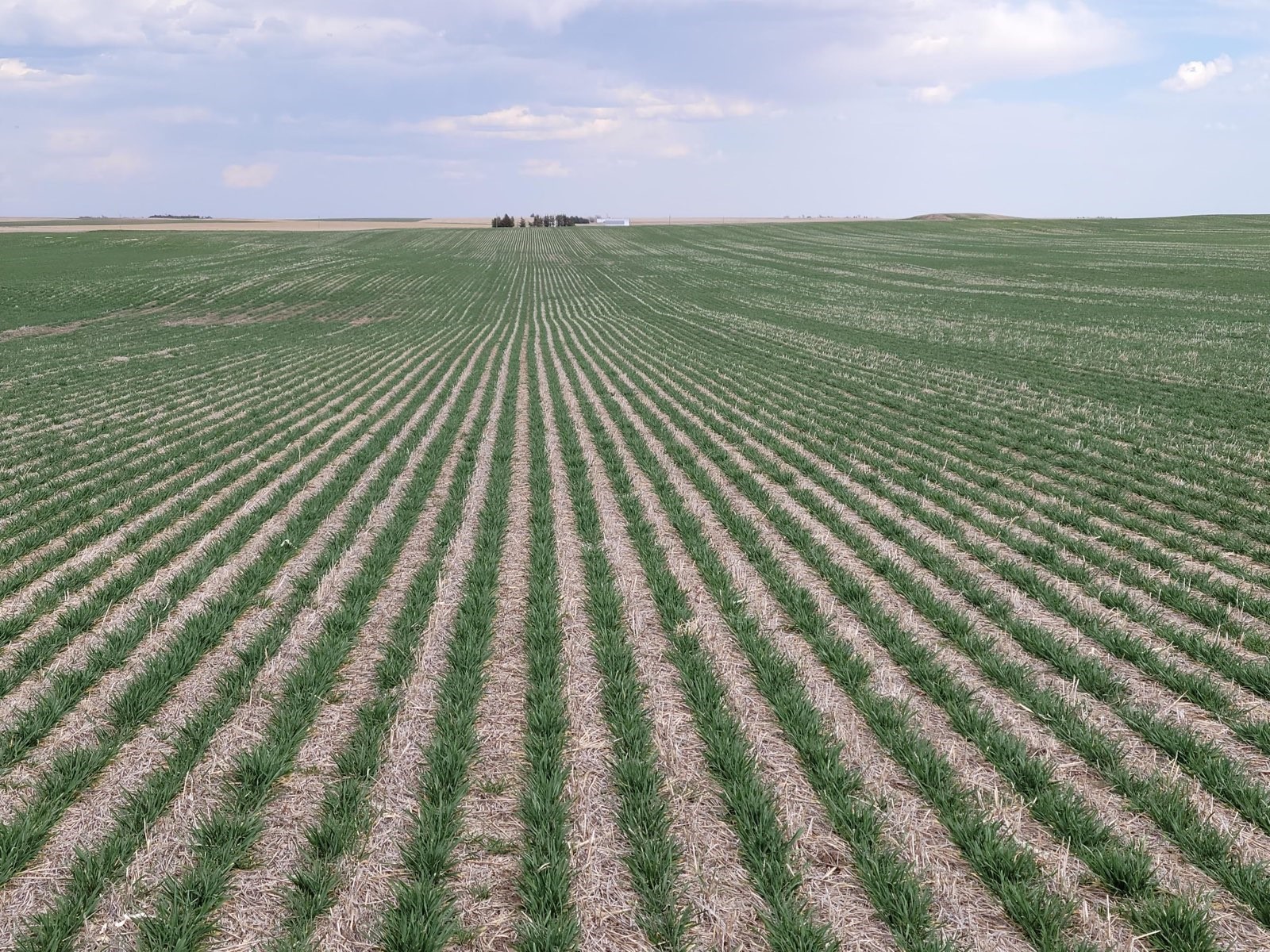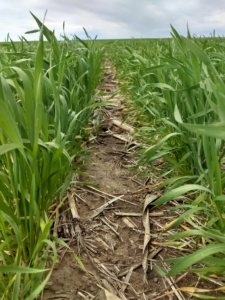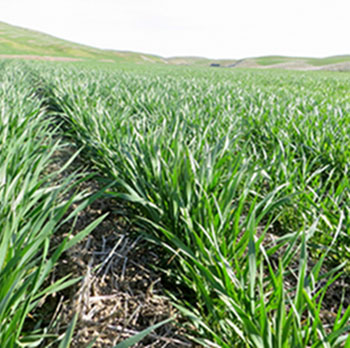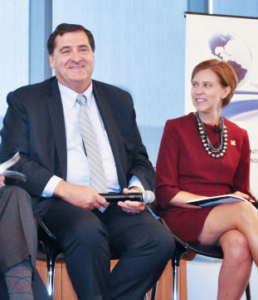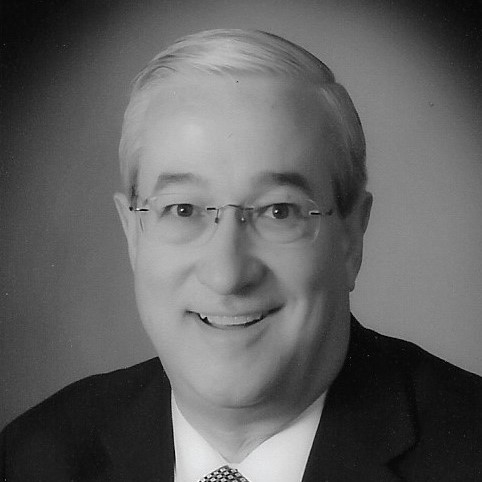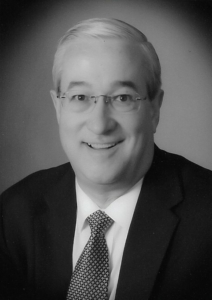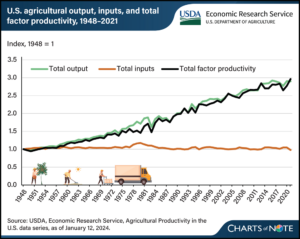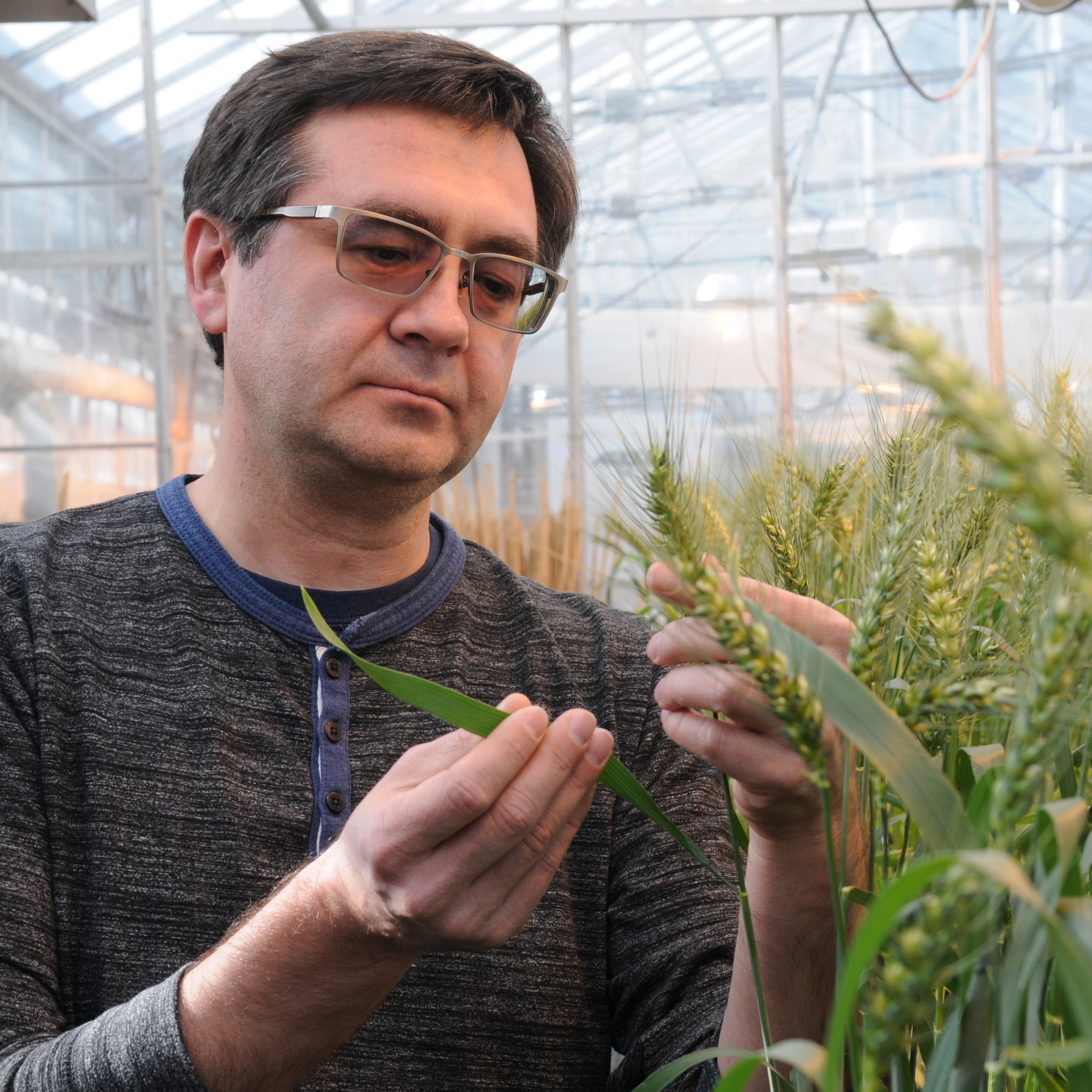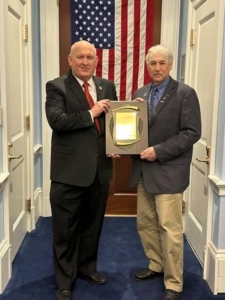News and Information from Around the World Wheat Industry
Speaking of Wheat
“It’s kind of a nuanced thing, but there’s some challenges right now in the movement of grain across the world, particularly in the Suez Canal, and ocean freight does make a difference. It influences the relative profitability of the U.S. Pacific Northwest vs. the U.S. Gulf vs. Brazil vs. the Black Sea. It’s like shipping product across the U.S. by truck. When trucking rates go up, all of a sudden the normal supply can shift a bit and customers may buy product from elsewhere, so I’m watching that with all the political upheaval going on around the world right now.” – Dr. Frayne Olson, Professor/Crops Economist, North Dakota State University, from an article in Farm & Ranch Guide.
SDSU Researchers Aim to Improve Heat Tolerance in Wheat Crops
Concerned that changes in the climate may cause future wheat production to decline, a team from South Dakota State University intends to edit the genetic code of wheat varieties to make them more tolerant to heat stress. “Our goal is to improve heat tolerance of wheat via precision genome editing technology,” said Wanlong Li, primary investigator on the project and a professor in SDSU’s Department of Biology and Microbiology. Read more here.
Artist Completes 108-foot Turkey Red Winter Wheat Mural on Kansas Grain Elevator
Mindy Allen, a mural artist in Kansas, recently finished her largest project to date — a 108-foot-tall mural on a grain elevator in rural Inman. The project began as a way to celebrate the 150th anniversary of turkey red winter wheat’s introduction to Kansas. Allen, whose business is called Mindy’s Murals, was determined to honor this milestone accurately. She even engaged the community by setting up a donation poll on Facebook, allowing locals to vote on the color of the combine featured in the mural. Read more here.
Nebraska: Heat Keeps Rains Away During Wheat Harvest
Amid the high temperatures in western Nebraska, wheat harvest has been going on. “We’re right in the middle of wheat harvest,” said Cody Creech, Nebraska Extension dryland cropping specialist at the UNL High Plains Ag Lab in Sidney. “The rest of the state has wrapped up, and we’ll be completing harvest this week.” Typical for most growers, weather has been a big factor in wheat yields. The yield reports in the Panhandle vary depending on whether the fields were hit by hail or not. “The hail was sporadic this year, where it didn’t wipe out a crop but impacted the yield from field to field,” Creech said. He added another timely rain would have been good to push the wheat before harvest, but overall wheat yields have been strong across the state. Read more here.
Progress is a Parasitoid Wasp for Colorado Wheat Farmers Plagued by Sawfly
Erika Peirce is one of many soldiers in the shadow army of scientists and researchers working behind the scenes, without glory or recognition, to protect the nation’s wheat crop from a tiny foe: the wheat stem sawfly. An entomologist by training who now works for the U.S. Department of Agriculture (USDA) Rangeland Unit, Peirce has dedicated much of her career to studying the sawfly. It’s a native bug that started out benignly enough in wild grasslands. But in recent decades, it evolved to emerge about four weeks earlier each season, rendering it a major pest that devastates winter wheat — a crop that happens to be Colorado’s largest by acreage. Read more here.
Subscribe to USW Reports
USW publishes various reports and content available to subscribe to, including a bi-weekly newsletter highlighting recent Wheat Letter blog posts and wheat industry news, the weekly Price Report, and the weekly Harvest Report (available May to October). Subscribe here.
Follow USW Online
Visit our Facebook page for the latest updates, photos, and discussions of what is going on in the world of wheat. Also, find breaking news on Twitter, video stories on Vimeo and YouTube, and more on LinkedIn.








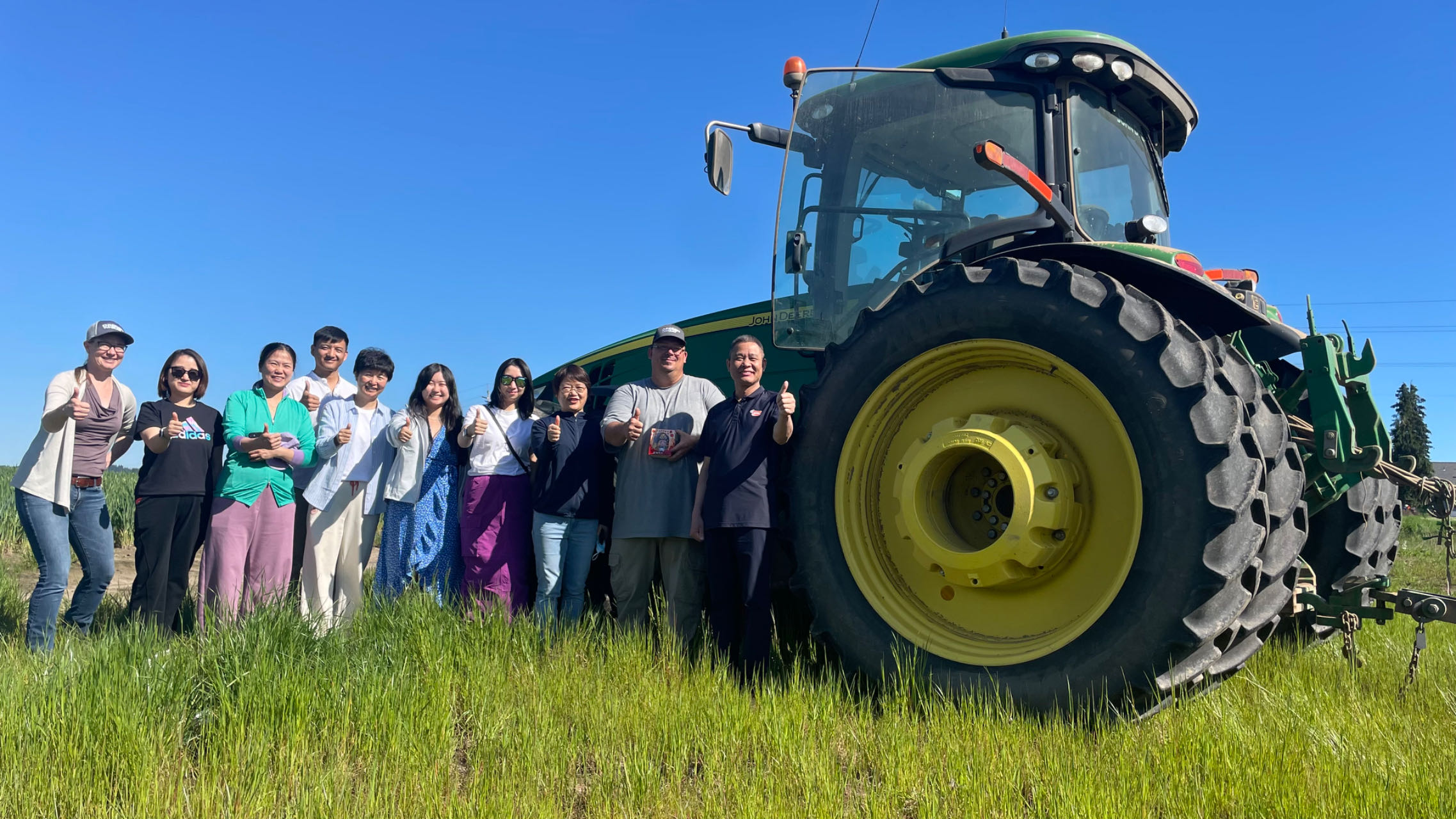

 2024 World Food Prize Laureates Established Global Seed Vault
2024 World Food Prize Laureates Established Global Seed Vault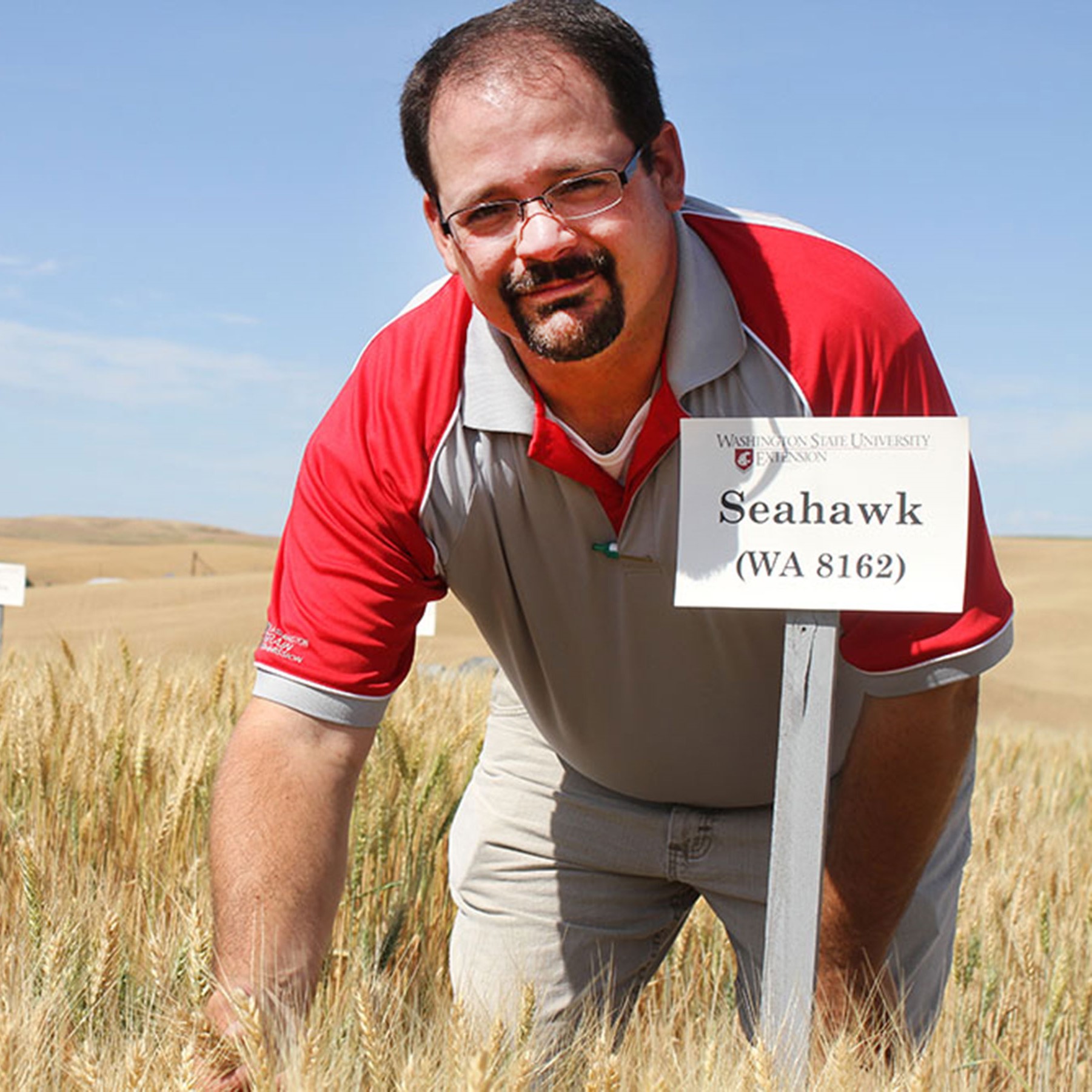

 Peter Laudeman, Director of Trade Policy, is interviewed at NAFB Washington event.
Peter Laudeman, Director of Trade Policy, is interviewed at NAFB Washington event.